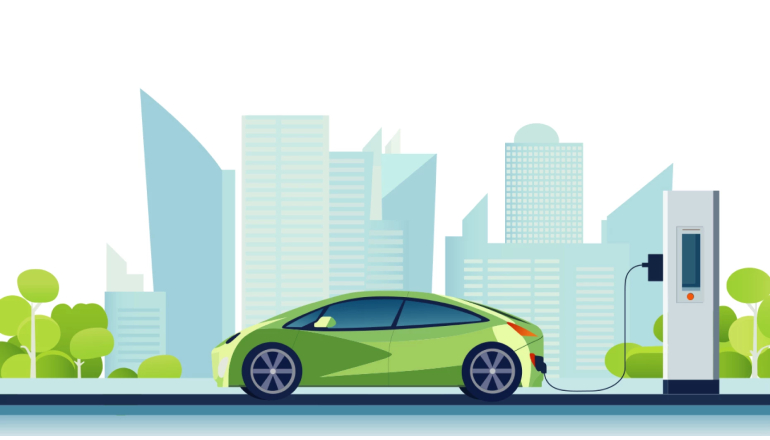More than 5,500 EVs in the IT Capital of India, Bengaluru will soon have access to shared charging stations.
The project is a $2.65 million new Climate Pledge initiative to support over 5,500 EVs by 2030 by addressing infrastructure gaps. The new venture, Joint Operation Unifying Last-mile Electrification (JOULE) is building a network of shared electric vehicle charging stations in Bengaluru.
Boosting net-zero:
The project will also accelerate Climate Pledge’s goal to achieve net-zero carbon emissions by 2040, a decade ahead of the Paris Agreement.
By 2030, the charging stations are expected to consume 22,700 megawatt-hours of power, of which 100% will come from renewable sources. This translates into an estimated 6.2 megawatt of renewable energy capacity.
Additionally, JOULE is anticipated to reduce estimated carbon dioxide emissions by 25,700 tonnes and save over 11.2 million liters of fuel by the same year. Furthermore, between 2024 and 2030, the project is expected to generate 185 full-time jobs in Bengaluru.
Signatories:
Climate Pledge signatories such as Amazon, Mahindra Logistics, Uber, HCLTech and Magenta Mobility will work together to optimize the usage of the EV charging stations.
Industry partner Kazam, an India-based EV charging platform, is helping develop the network of shared charging stations. The project is being supported by renewable energy provider Greenko and strategic consulting partner Deloitte.
Stakeholders’ take:
“We are proud to be part of The Climate Pledge’s initiative to build new charging stations. JOULE advances our goal of deploying 10,000 EVs in India by 2025. With over 7,300 EVs in our India operations so far, we’re on track to achieve this and remain committed to collaborating with manufacturers, delivery service providers, and others to scale EV adoption, said Abhinav Singh, VP, Operations, Amazon India.
“Establishing a shared network of EV charging stations in Bengaluru is a significant step towards achieving our national goal of increasing electric vehicle adoption, and we fully support this innovative collaboration led by The Climate Pledge,” said Gunjan Krishna, Industries Commissioner, Government of Karnataka. “This initiative not only enhances the accessibility of EV infrastructure but also demonstrates the power of public-private partnerships in driving India’s transition to a more sustainable future.”

